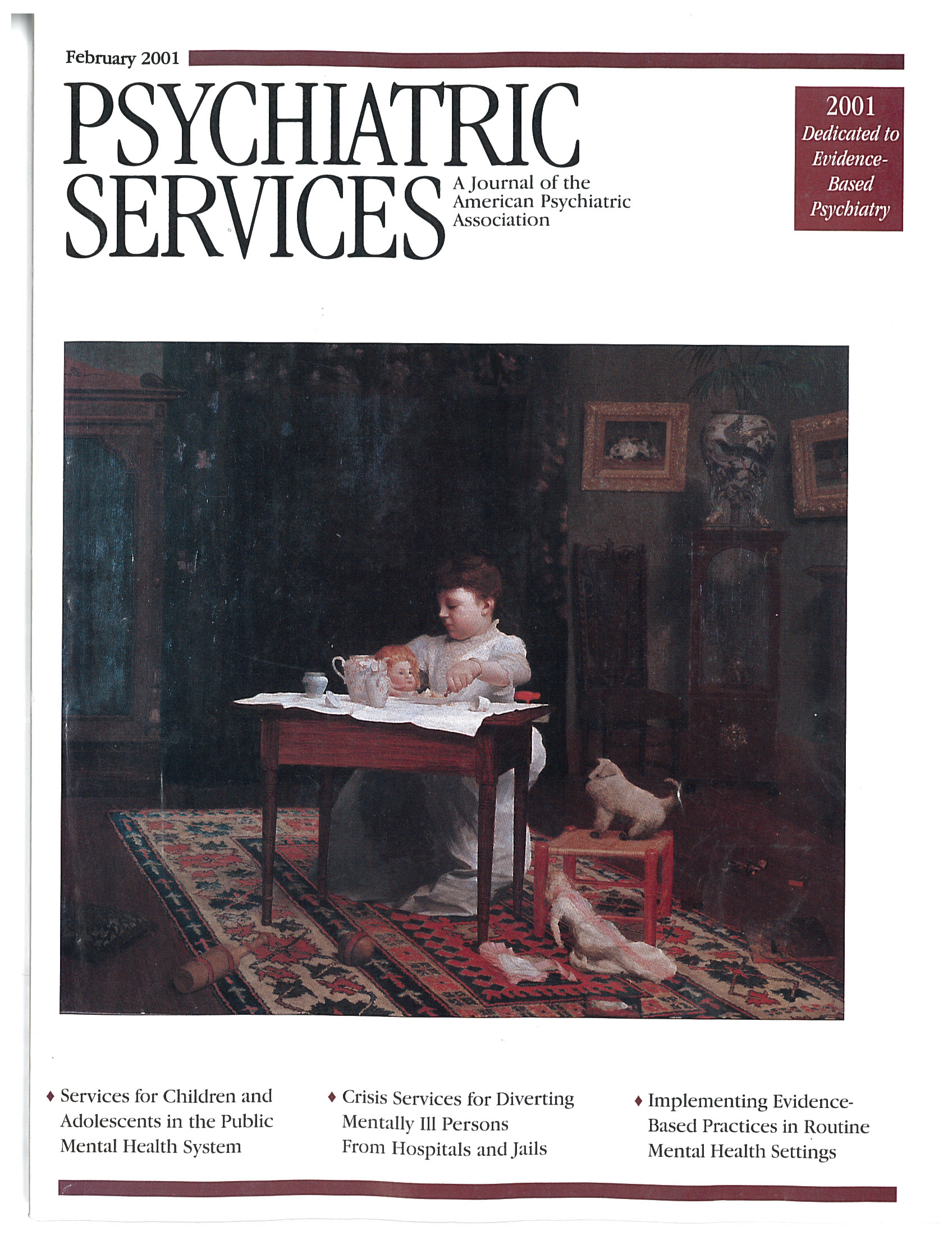The Social Construction of Anorexia Nervosa Preventing Eating Disorders: A Handbook of Interventions and Special Challenges
At first reading, these two books appear totally disparate. Julie Hepworth's book, The Social Construction of Anorexia Nervosa, is one of a series entitled Inquiries in Social Construction. The author states that her goals are to "examine the construction of knowledge through which anorexia nervosa emerged as a psychiatric phenomenon" and to "challenge the dominant conceptualization of anorexia nervosa as a psychopathology."
Preventing Eating Disorders, on the other hand, makes no bones about holding the view that eating disorders are a form of psychopathology, but then explores all sorts of efforts that are being made to reduce the numbers of persons afflicted or to eliminate the disorders. In the end I felt that the two books had more in common than I had at first realized.
The Social Construction of Anorexia Nervosa looks at the historical process by which, during the 19th century, anorexia went from being considered a moral and religious issue to a medical one, as the medical profession became the dominant force in taking care of people's well-being. Hepworth is concerned that anorexia is considered a medical condition mainly for historical reasons, but she is also critical of the lack of consistency in diagnosis and in how the disorder is treated.
The final section of the book, entitled "Postmodernism, the Body, and Therapy: Implications for Practice," is an intriguing discussion of postmodern views of the body and of the meaning of eating and food. The author believes that anorexia nervosa should be seen as "a public rather than an individual problem" and discusses the "need to move beyond positioning individuals diagnosed with anorexia nervosa as psychiatric patients and towards enabling their participation in the public domain as citizens." Hepworth speaks with approval and hope of the possibilities of narrative therapy for anorexia, which she feels "resists the pathologizing effects of the traditional psychiatric model."
It is always good to be made to look in different ways at things we take for granted. This is an interesting, thoughtful book, but it ignores the reality of the sequelae of starvation on the body, such as extreme weakness. Persons in the later stages of anorexia are too enfeebled to be able to follow Hepworth's exhortation that they "move beyond the position of patients and become part of a state-citizen relationship."
Preventing Eating Disorders is accessible, practical, and comprehensive. Its chapters cover a wide range of research on factors contributing to eating disorders and how to combat them. I was impressed by the inclusion of chapters on transcultural perspectives as well as on the role of parents in prevention.
I particularly liked the chapters on media literacy, which include programs for working with girls from elementary school to college level. While we all suspect that sociocultural pressures affect the incidence of eating disorders, it is not easy to measure their influence, nor to diminish their power. A number of research projects that attempt to measure the influence of the media are described as well as several programs that counteract their negative messages.
Catherine Steiner-Adair and Amy Purcell Vorenberg have written a fine chapter entitled "Resisting Weightism: Media Literacy for Elementary-School Children." Sandra Susan Friedman's chapter, "Discussion Groups for Girls: Decoding the Language of Fat," is also wonderful. Friedman describes a program called Just for Girls, a discussion group for girls from fifth through ninth grade designed to "help girls decode the language of fat by teaching them about the grungies—the term coined to describe the negative self-deprecating voice that girls learn to use when they cannot be direct with their feelings and experiences."
Two interesting chapters were contributed by Niva Piran, one of the book's editors. In them, Piran describes her work on primary, secondary, and tertiary prevention at a residential dancing school in Toronto. She works not just with the students but with all members of the faculty and staff as well. "The program works towards creating a safe and equitable school system in which the voices of diverse women are heard and women's bodies are no longer a site of societal oppression."
The book also offers useful chapters on the role of sexual harassment in the etiology of eating disorders as well as chapters on the role of the physician and on preventing eating disorders among young women with diabetes.
Hepworth's book, while intellectual and provocative, is more for the academic than for the practitioner. Preventing Eating Disorders, by contrast, should be owned by every institution serving young women and read by teachers and school administrators, medical personnel, and therapists. It would be wonderful if it could reach an even broader audience, such as magazine editors, who might then promulgate the vital message that there is much that can be done to prevent eating disorders. The book offers a great deal of crucial information about running programs that might decrease the tragically large numbers of girls and women who now suffer from these disabling illnesses.
Ms. Miller is director of the Mount Holyoke College Counseling Service in South Hadley, Massachusetts.



